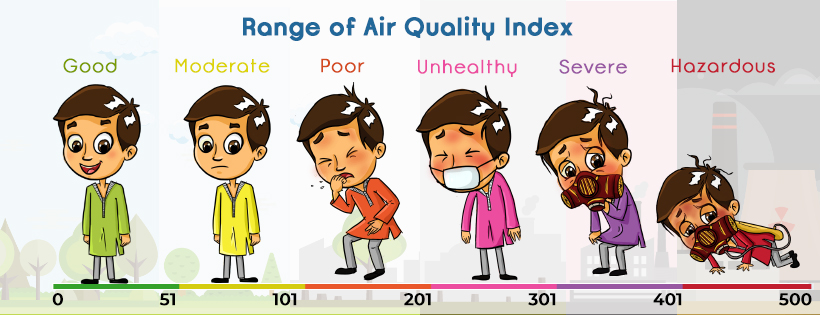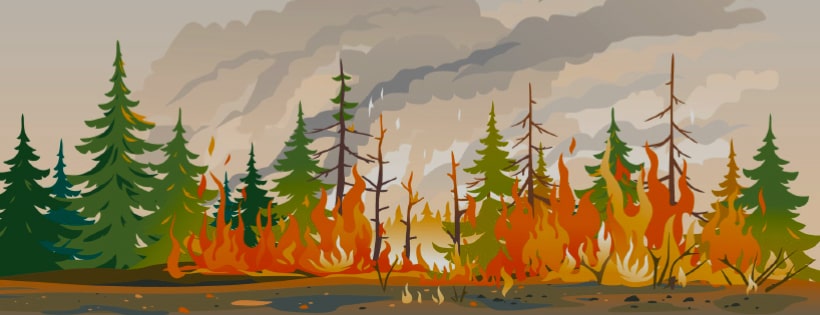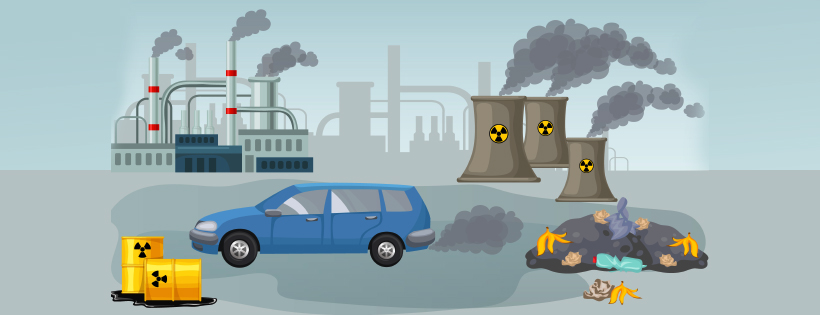On Tuesday, the Union Minister of Environment, Forest and Climate Change, Prakash Javadekar announced that the centre has summoned the environmental ministers of Delhi, Haryana, Punjab, Rajasthan, and Uttar Pradesh for a virtual meeting on October 1, 2020. The agenda of this meeting will be to discuss the decreasing air quality of Delhi. They will review the air pollution management plans formulated in 2016. Environmental secretaries, officials from the states’ Pollution Control Boards, representatives of Delhi Development Authority (DDA), officials from Municipal Corporation, and New Delhi Municipal Council will also mark their attendance in the virtual meeting. The attendees will also review the performance of the Central Pollution Control Board (CPCB) in the last two years.
What inspired the sudden decision?
Union Minister’s decision to address this meeting came after a few days of the initiation of crop stubble burning in Punjab. Moreover, the central authorities have already warned us of the impending deterioration in the air quality of the national capital. The Air Quality Index (AQI) of Delhi is likely to plummet to “poor category” by the end of this week. It was registered under “Moderate Category” on Wednesday.

Categories of Air Pollution Index
The System of Air Quality and Weather Forecasting and Research cited the delayed withdrawal of monsoon and associated stagnant winds as the reason for this decreasing air quality of Delhi.
The monsoon started receding from Rajasthan on Monday. It will retreat from the rest of North-West India by Thursday, which will adversely impact the air quality of Delhi.
The Problem of Air Quality in Delhi
All the residents of the state acknowledge the menace created by air pollution. Every year, Delhi gets covered by a blanket of winter smog around October and November. Several factors contribute to the deterioration in the air quality of Delhi. The stubble burning in the adjoining states of Punjab and Haryana is one of the main culprit. The elevation in the air quality index makes Delhi a living gas chamber and causes various environmental and health implications. It has also pushed the state government to adopt stringent counter-strategies. They implemented Odd-Even Rule and GRAP in a bid to combat the impact of air pollution.

Stubble burning in Punjab and Haryana contributes to air quality of Delhi
The air quality statistics of Delhi panned over the last few years have provoked the nodal agency, MoEF&CC to undertake immediate measures to evade Delhi’s air becoming unbreathable again this year.
The Indian Council for Agricultural Research (ICAR) is planning to conduct trials to restrict crop stubble burning.
What we think?
The ordeal of air pollution cannot be solved overnight. It requires intense planning, an effective management plan, efficient execution, and comprehensive monitoring. This virtual meet is a step taken in the right direction. AQI India believes that we reflect what we breathe. All individuals have the right to breathe pure air. The authorities need to devise an action plan which considers all factors that contribute to air pollution in Delhi-
- stubble burning in neighboring states
- increasing vehicular density and traffic
- rising number of industries
- large scale constructions
- lack of ample green cover
- population density
- inefficient air monitoring

The need of the hour is to create an effective and adoptive air quality monitoring network. This will open doors for researchers as well as the policy makers to resolve this problem. We welcome this move of the government and hope that air pollution management will be among the top priorities.
This post is also available in:
![]() Global
Global ![]() IND English
IND English ![]() UK English
UK English ![]() US English
US English